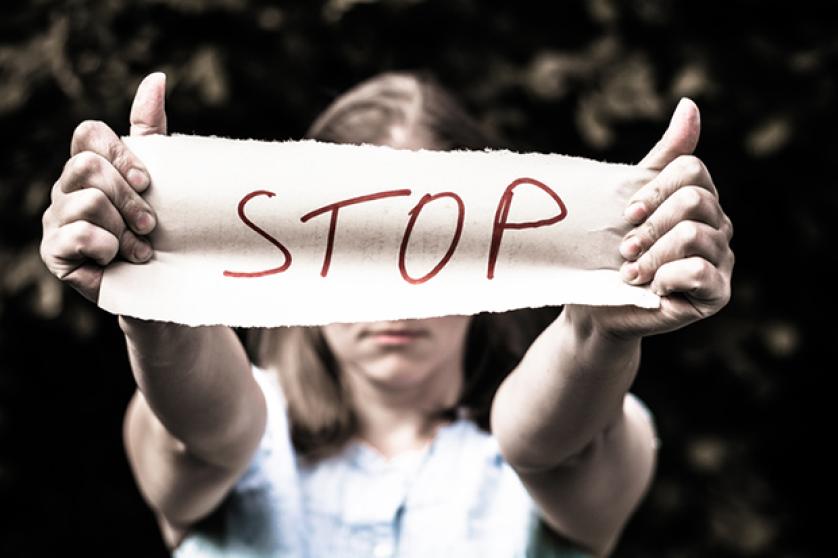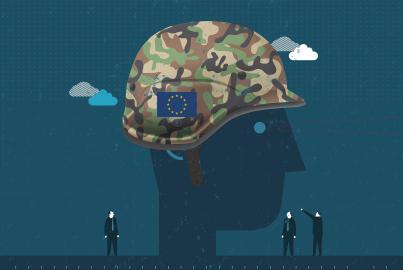One woman victim is already too much for Europe
Other related content
Read more
Keep it simple! A path to greater efficiency
11.03.2025
Read more
Statement by the EPP Group
05.03.2025
Read more
Read more
EU Summit: Go Big on Defence. Now
02.02.2025
Read more
Read more
6 / 54








